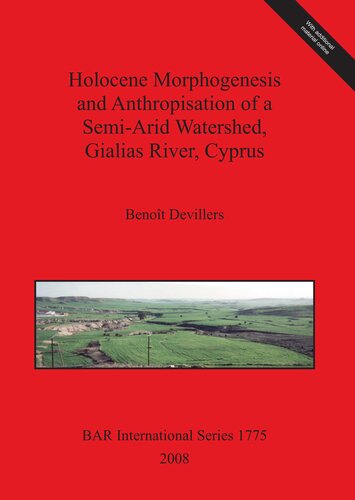

Most ebook files are in PDF format, so you can easily read them using various software such as Foxit Reader or directly on the Google Chrome browser.
Some ebook files are released by publishers in other formats such as .awz, .mobi, .epub, .fb2, etc. You may need to install specific software to read these formats on mobile/PC, such as Calibre.
Please read the tutorial at this link: https://ebookbell.com/faq
We offer FREE conversion to the popular formats you request; however, this may take some time. Therefore, right after payment, please email us, and we will try to provide the service as quickly as possible.
For some exceptional file formats or broken links (if any), please refrain from opening any disputes. Instead, email us first, and we will try to assist within a maximum of 6 hours.
EbookBell Team

4.4
92 reviewsInterest in studying historical environments expanded quite rapidly parallel to a passion for romantic landscapes in the 19th century and the knowledge of natural resources among the ecologists of the 20th century. From the point of view of geomorphology, this interest has generated a wealth of research on coevolution between relief and human population. Later, with the study of recent sediment deposits in the Mediterranean Basin, the concept of parallel development between the spread of the Oikumene anderosive phenomena has emerged. Since then, numerous and sometimes contradictory studies have highlighted the diversity of the Holocene sedimentation and morphogenic response to human settlement and population growth according to the geographical variety. With the present work, the author contributes to this line of research by studying a semi-arid Mediterranean environment, the island of Cyprus. The work focuses on the Gialias River watershed which extends from the piedmont of the Troodos range to the Eastern Messaoria plains. The goal is to reconstruct the history of the Holocene morphogenesis in connection with the forms and structures of fluvial landscapes. This work is inscribed in a both geomorpholigical and geoarchaeological perspective and adds to recent advances on the evolution of sub-arid and semi-arid environments in the oriental part of the Mediterranean Basin.